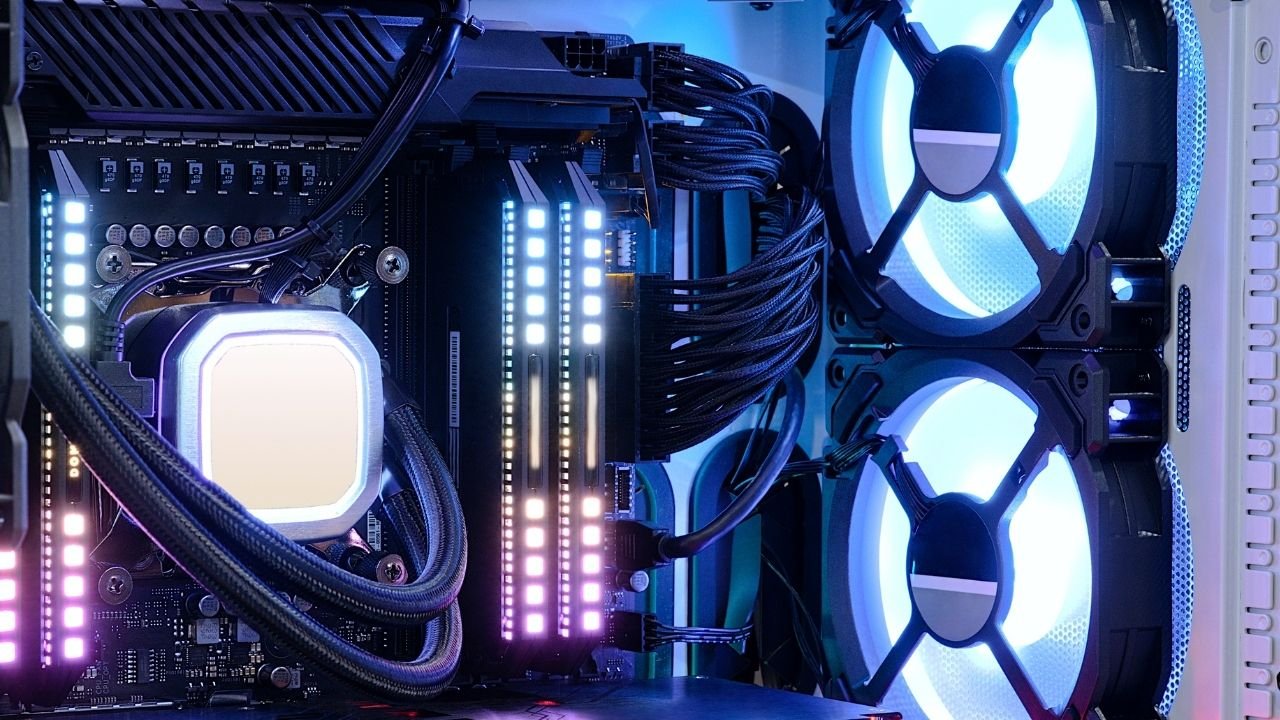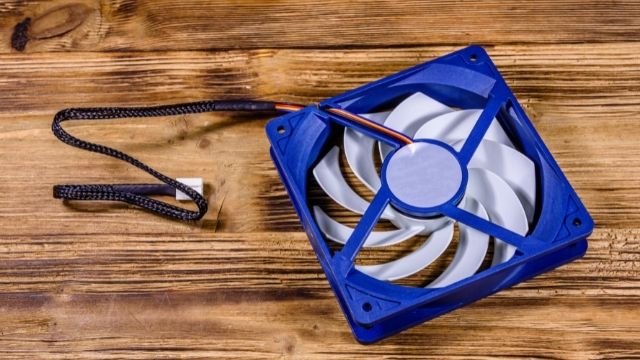Do I Need a Case Fan for My PC?
Heat and high temperatures are the enemies of your PC, but a case fan alongside other cooling measures can help you to cool the tensions.
If you use your PC for demanding activities like gaming, editing or streaming, the likelihood is that you’ve run into overheating issues in the past. But, don’t fear, we have everything you need to know about case fans and how you can keep your systems cool while still performing all of the essential tasks that you need to.
What Do PC Case Fans Do?
Of course, with the strain on all of the different components of your PC, you can’t get rid of heat completely, but there are several ways that you can help your hardware maintain a reasonable temperature and one of those is by installing a case fan (or several) into your build.
A case fan’s main job is to help hot air to escape from your PC and replace it with cool air. Of course, all fans will have their own advantages and disadvantages so it’s important that you find a fan that works for you and suits your system. Often, important considerations include airflow, static pressure and rotations per minute as well as the actual size and depth of the fan.
Considerations When Choosing A Case Fan
Two of the biggest considerations are the case fan’s airflow and static pressure. This refers to the actual volume of air that the fan circulates (usually measured in m³/min) and the force at which this air is moved (usually measured in mmH2O).
You’ll also need to consider any impedance that will impact the efficiency of a fan. This can include poorly ventilated pockets, bulky hardware that obstructs airflow or even poor cable management. If these are things that will impact your build, then it might be a good idea to consider adding additional fans to ensure you reach peak performance and don’t risk overheating or damaging any hardware.
Pulse Width Modulation (PWM) controls might also be a consideration for some PCs. They help to keep noise under control and conserve energy. Some case fans will have PWM controls that automatically manage the fan’s RPM (rotations per minute) based on internal temperatures.
If you’re using your PC for things like music or streaming then sound can be a particular worry, especially if the programs you’re running are demanding. There are some ways to minimise noise, such as mounting a fan in a particular way. Fluid Dynamic Bearings (FDB), and Magnetic Bearings are considered to be two of the best bearings you can use to fit a fan to a case, but they can be slightly more expensive. Often manufacturers will provide a measurement of noise levels so it’s always worth checking if you will be using your PC for something that is particularly noise-sensitive.
Do I Really Need a Computer Case Fan?
Cooling is essential to the function of a PC. A combination of case fans, power supply fans, CPU fans, heatsinks, GPC fans, and thermal paste is what makes an effective cooling system that stops overheating, malfunction and hardware damage.
If you are using your computer for gaming or editing, then it's vital that elements like the graphics card and CPU are kept cool as overheating will impact performance. You can buy case fans that are efficient and quiet and they’re fairly inexpensive considering the significant part they play in cooling your PC and keeping it functional.
For standard office tasks that are less labor-intensive, you will still need a fan to keep your system cool, but a standard fan will provide enough cooling.
Type Of Case Fans
There are both intake and outtake case fans. This ensures that the cool external air is being pulled into your system from one side and cooling essential hardware whilst warm air is being pushed out from the other. Outtake or exhaust fans are typically on the back of a PC case at the top whilst intake fans are on the front at the bottom.
Most popular case fans are either 120mm or 140mm in size, but there are much larger (and smaller) options depending on the case that you are using. These larger fans will typically allow for more airflow whilst the smaller alternatives will offer more static pressure.
How Many Case Fans Do I Need?
The number of fans you use is largely dictated by how you use your PC and the case you use for your build. Most modern cases will allow you to have multiple fans to help your system run efficiently, so that’s another consideration for when you first begin to plan and build your system.
When you’re deciding on the number of case fans to buy, you need to understand what type of workload you will be running.
Burst workloads are small actions that require equally small bursts of performance from the CPU. This could be things like general browsing, design work or programmes like Photoshop that require short bursts of energy and then allow your PC some recovery time.
Sustained workloads can include things like gaming, animation and long, demanding exports and they will make your system strain for longer periods of time. Of course these more intense activities will need your GPU to run at a higher rate and this will cause the temperature to rise.
With these in mind, you need to decide on the level of cooling you need for your PC.
For minimally demanding burst workloads, 1 or 2 fans should be enough. 1 outtake or exhaust fan and 1 or 2 intake fans should be sufficient to provide cool air to your system and keep it running at a decent capacity.
A standard PC with typical requirements will probably want a couple more case fans. 1-2 exhaust fans and 2-3 intake fans should be enough for most systems.
If you are constantly demanding a high work rate from your PC, then you will likely want more than that. 2 or 3 exhaust fans and 4-5 intake fans will probably be enough to keep your GPU cool and your systems up and running, but this will vary.
Because technology is constantly changing, there are often new case fan product releases that will be more efficient in cooling your system, and they’re absolutely essential for keeping your system temperature down alongside a good thermal paste and your heatsink.




